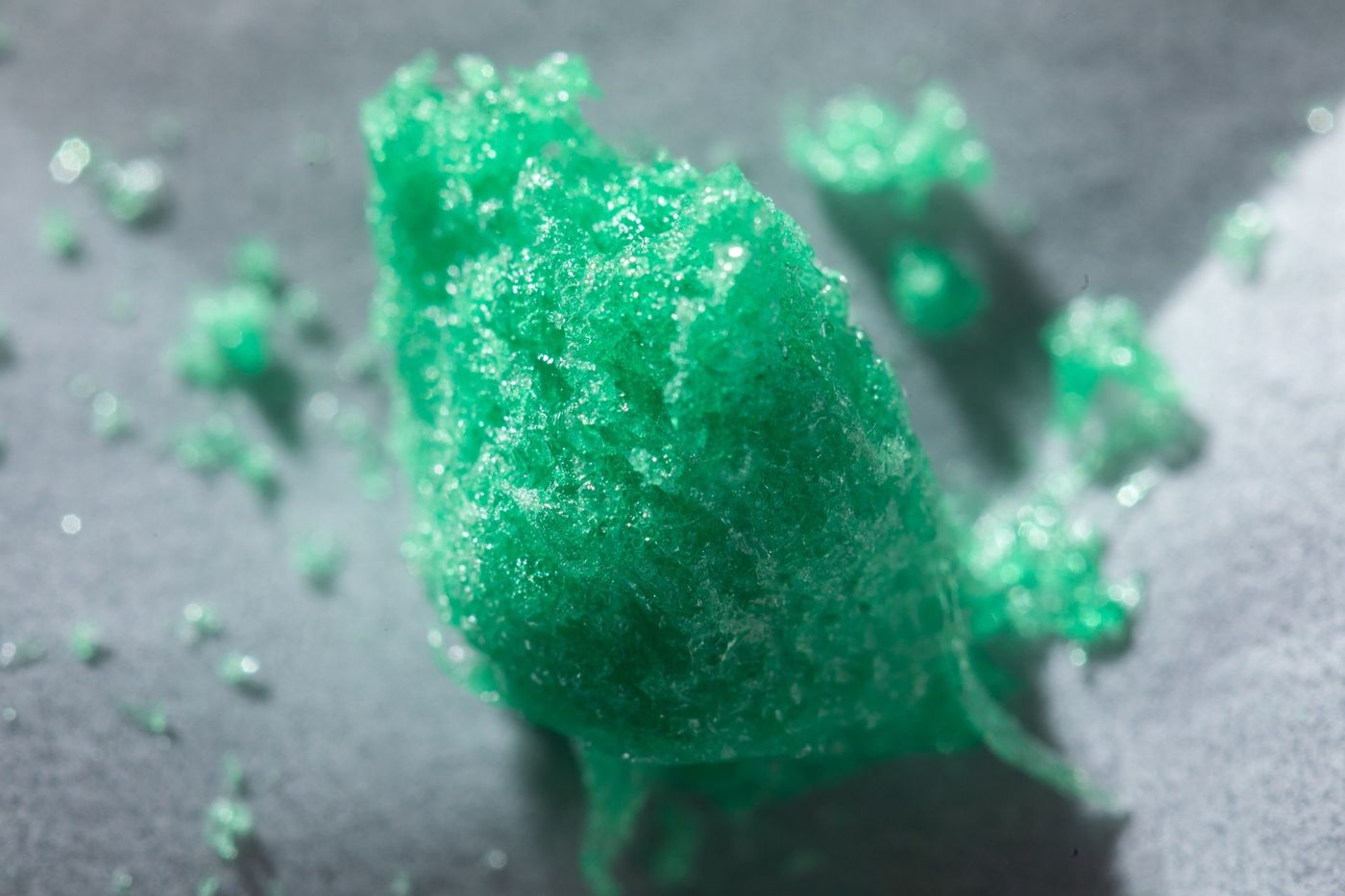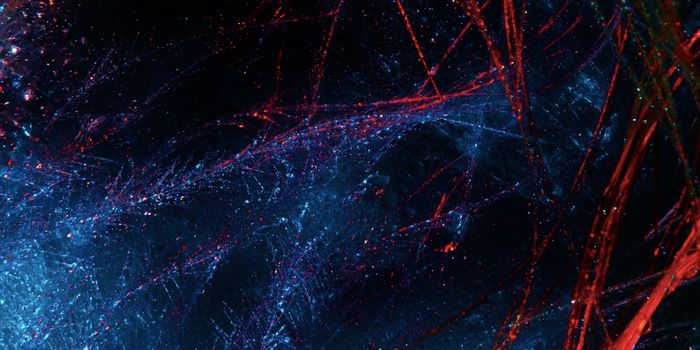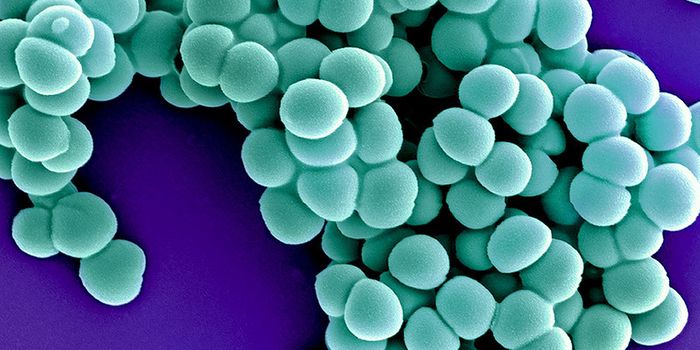Just Add Water: Super Stable Freeze-Dried COVID Vaccines
The freeze-dried ingredients of a liposome-based vaccine that could be developed for COVID-19. Credit: Douglas Levere / University at Buffalo
In the face of a viral threat with pandemic potential, developing a potent vaccine is just one half of the battle—the other is managing the logistics of deploying vaccines on a global scale. For example, in the case of COVID-19 vaccines, there were significant challenges with maintaining the viability of the vaccine from the point of manufacturing to where patients received them. The rollout required what is known as a cold chain, or a tightly-regulated temperature-controlled means of producing, delivering, and storing vaccines before they reach the patient.
However, this type of refrigeration infrastructure is not always feasible, particularly in low- and middle-income regions.
A recent study by scientists at the University at Buffalo suggests that we may one day be able to do away with the cold chain altogether. A team led by Jonathan Lovell has developed a method for making freeze-dried, thermostable vaccines. The mint green-colored formulation is dehydrated and stable at room temperature (and even higher temperatures) for at least a week.
The freeze-dried vaccine is activated by adding water and was shown to be effective at driving robust antibody responses and protecting against COVID-19 in animal models. “Two days following viral challenge, immunized transgenic mice cleared the virus and were fully protected from lethal disease,” wrote the authors.
The technology is powered by liposomes—tiny spheres of fat molecules that encapsulate water droplets. These nanoparticles are used regularly in drug delivery applications. The lipid ‘bubbles’ carry a synthetic version of SARS-CoV-2’s spike protein which is used to prime the immune system to recognize the virus. It also contains trace amounts of sugar, which aids in protecting the sensitive vaccine formulation during freeze-drying.









